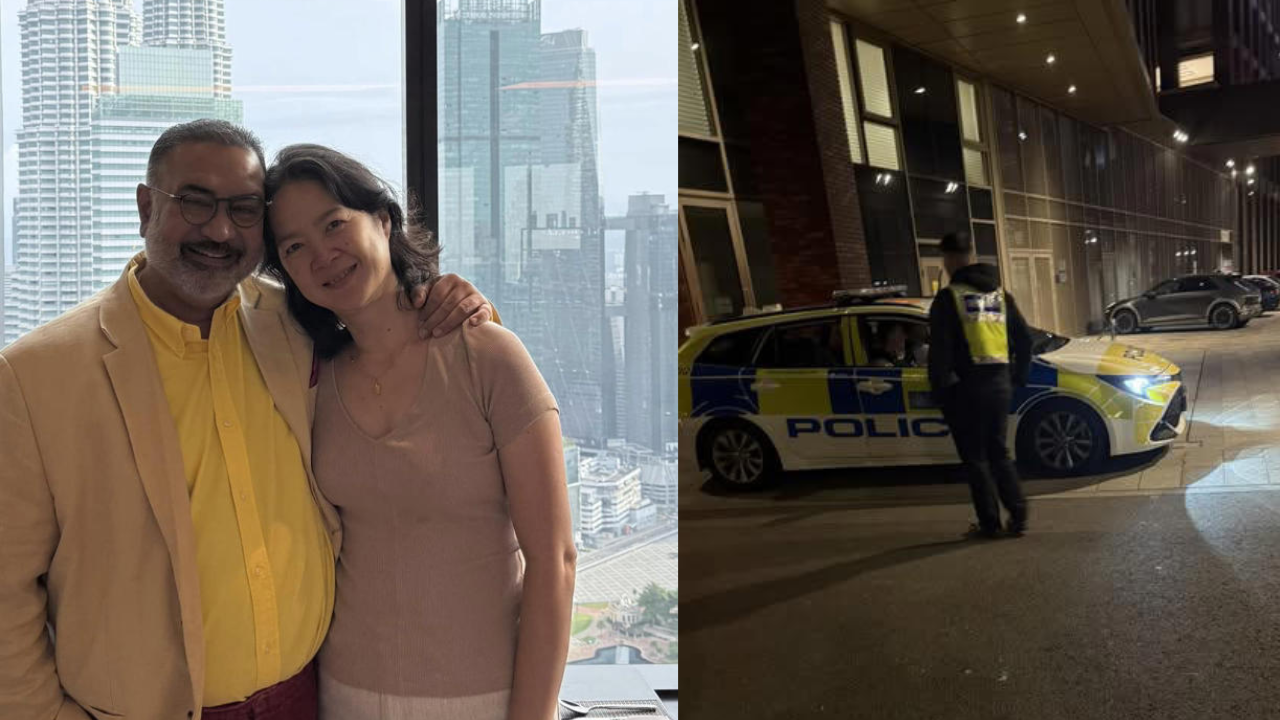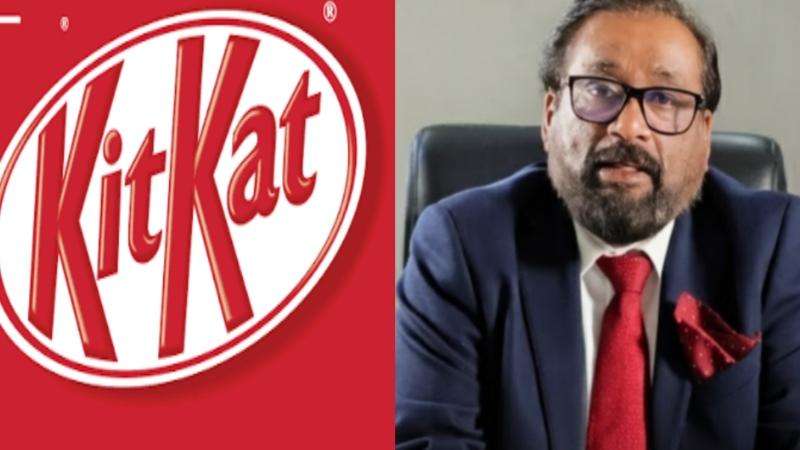A pivotal change in Britain’s border security is forcing a quiet but urgent reality check for hundreds of thousands of long-term residents and dual nationals. As the Home Office accelerates its "Digital by Default" border strategy, the comfortable status quo for those holding Indefinite Leave to Remain (ILR) or dual citizenship is rapidly disappearing. With the universal rollout of the Electronic Travel Authorisation (ETA) confirmed for early 2026, immigration experts are warning that a valid British passport is no longer just a travel document—it is becoming the only fail-safe mechanism to guarantee re-entry to the UK, Daily Dazzling Dawn realized.
For decades, many eligible residents—those who have lived in the UK for years on Indefinite Leave to Remain—have seen little practical need to incur the cost of naturalising and obtaining a British passport. Similarly, dual nationals have frequently travelled on their non-British passports, relying on digital immigration status or physical certificates to prove their rights. However, the introduction of the ETA system creates a "bureaucratic trap" that makes this historic flexibility a liability.
The Dual National Dilemma-The most immediate crisis faces dual nationals from countries such as the USA, Canada, Australia, and New Zealand. From February 25, 2026, the UK government will require visitors from these nations to hold an ETA before boarding a flight. However, British citizens are legally ineligible to apply for an ETA. This creates a catch-22: a dual national cannot use the visitor scheme because they are British, yet without a current British passport, they lack the biometric credential airlines require to override the check.
The Home Office has issued strict guidance that dual nationals must travel on a valid British passport or a passport with a Certificate of Entitlement to the right of abode. Relying on an expired British passport or a foreign passport alone will likely result in a "Do Not Board" instruction at the departure gate, as airline systems are updated to automatically query the ETA database.
The ILR "Digital Switch" Risk-For those with Indefinite Leave to Remain who have not yet naturalised, the pressure is equally high. The government is currently phasing out physical Biometric Residence Permits (BRPs) in favour of digital eVisas. While ILR holders do not technically need an ETA, they are entering a period of significant digital transition where system glitches and airline confusion are genuine risks.
Immigration lawyers are increasingly advising long-term residents who are eligible for citizenship to "upgrade" their status immediately. Converting ILR to full British citizenship and obtaining a passport removes the reliance on third-party verification of digital status. It provides a physical, internationally recognised document that guarantees entry "without let or hindrance," bypassing the complexities of the new electronic border entirely.
A Costly but Necessary Administration-The financial burden is not insignificant. While an ETA costs roughly £10, a standard online British passport application costs £88.50, and the prerequisite naturalisation process for ILR holders costs significantly more. However, for expats like New Zealand-based businessman Mike Thompson, the cost of inaction is far higher. Thompson, who has lived abroad for over two decades, notes that the risk of being stranded due to a "computer says no" moment at the border has forced him to renew passports for his entire family, an expense running into the hundreds but deemed essential for peace of mind.
With passport processing times traditionally volatile and a surge of applications expected ahead of the 2026 deadline, the window to regularise documentation is narrowing. The advice from the travel industry is clear: do not wait for the new system to go live. Treat the British passport not as a travel luxury, but as an essential residency key.
DOCUMENTATION GUIDE: THE ESSENTIAL APPLICATION PACK-Successful passport applications rely on precision. A single missing document can cause weeks of delays. Below is the master list of requirements for renewals and first-time applications following naturalisation.
Your Previous British Passport-For renewals, you must send your most recent British passport. This must be the original physical document, not a photocopy. If it is lost, you must legally declare it as such during the application.
Full Colour Copies of Other Passports-This is the most common stumbling block for dual nationals. HM Passport Office usually requires a full colour photocopy of every single page of any uncancelled non-British passport you hold. This includes the front and back covers and all blank pages. Ensure the copy is clear and no edges are cut off. In some cases, they may request the physical foreign passport, but a full scan is the standard initial requirement.
Original Naturalisation Certificate- If you are applying for your first British passport after converting your Indefinite Leave to Remain to Citizenship, you must send your original Certificate of Naturalisation. Photocopies are not accepted. The office will return this to you.
Digital Photo Code- You need a high-quality digital photo. The easiest method is to use a photo booth that provides a code, which can be entered directly into the online application. Alternatively, you can upload a file, but it must be at least 600 pixels wide and 750 pixels tall, at least 50KB and no more than 10MB.
Documents for Name Alignment- If your name on your foreign passport differs from your British application (even slightly), you must provide evidence of why (such as a Marriage Certificate or Deed Poll). The names must align, or you may be required to change your foreign passport first.
Countersignatory Details-For a first adult passport (or if you cannot be recognised from your old photo), you will need a "person of good standing" to confirm your identity. You will need their email address and passport number; they will receive a digital link to verify your photo.







.svg)

.jpg)
.jpg)